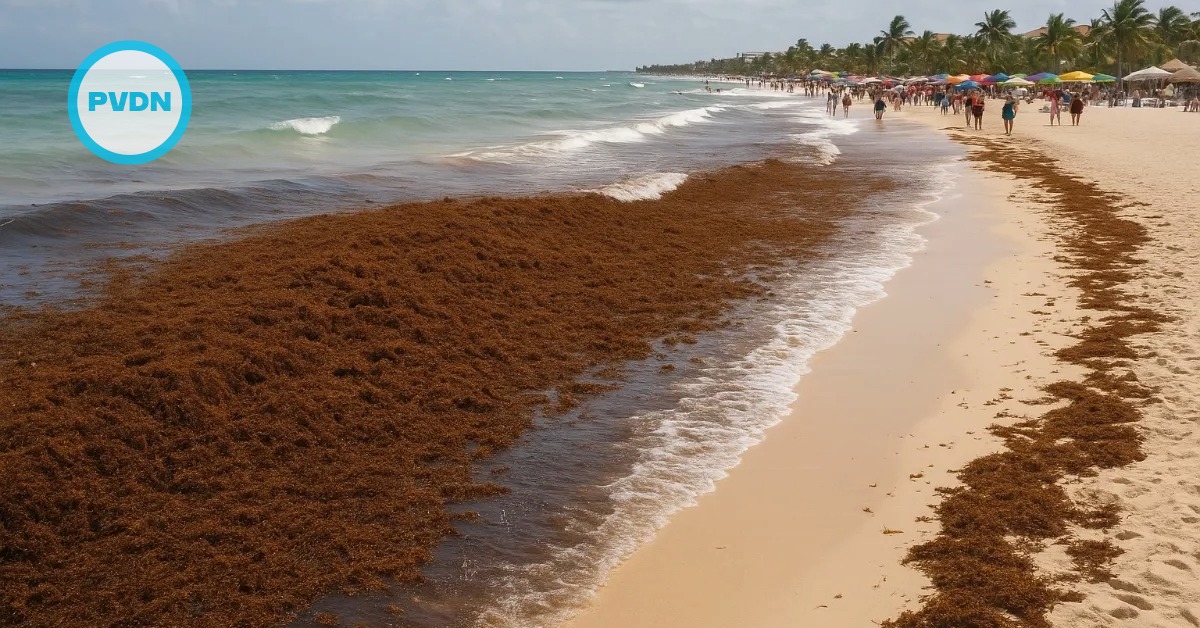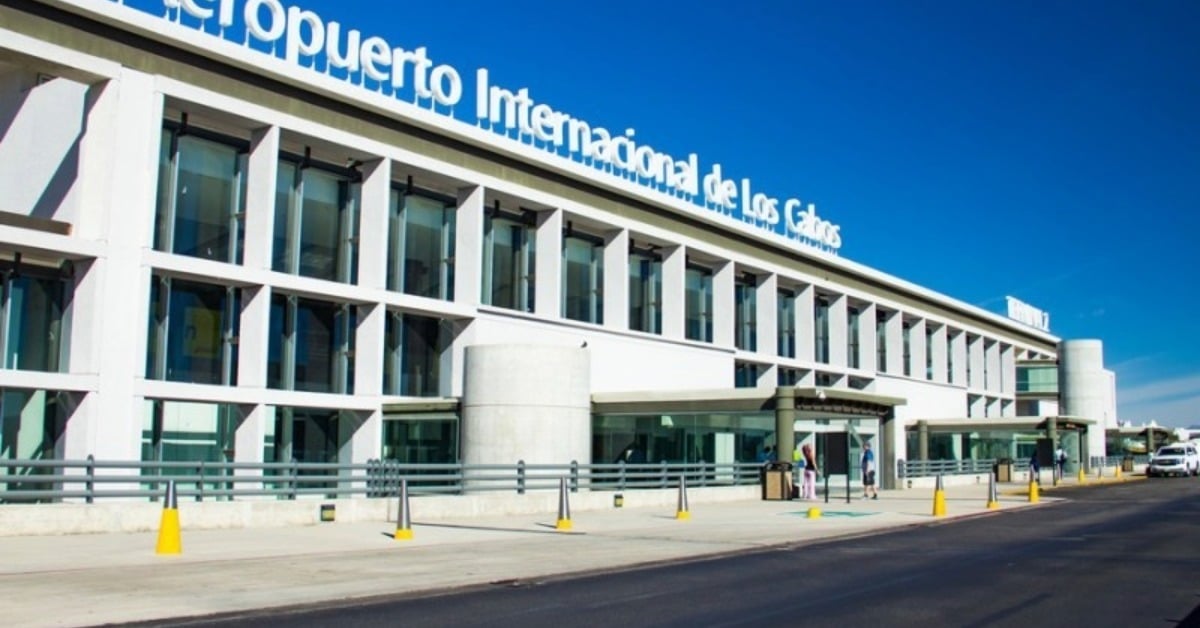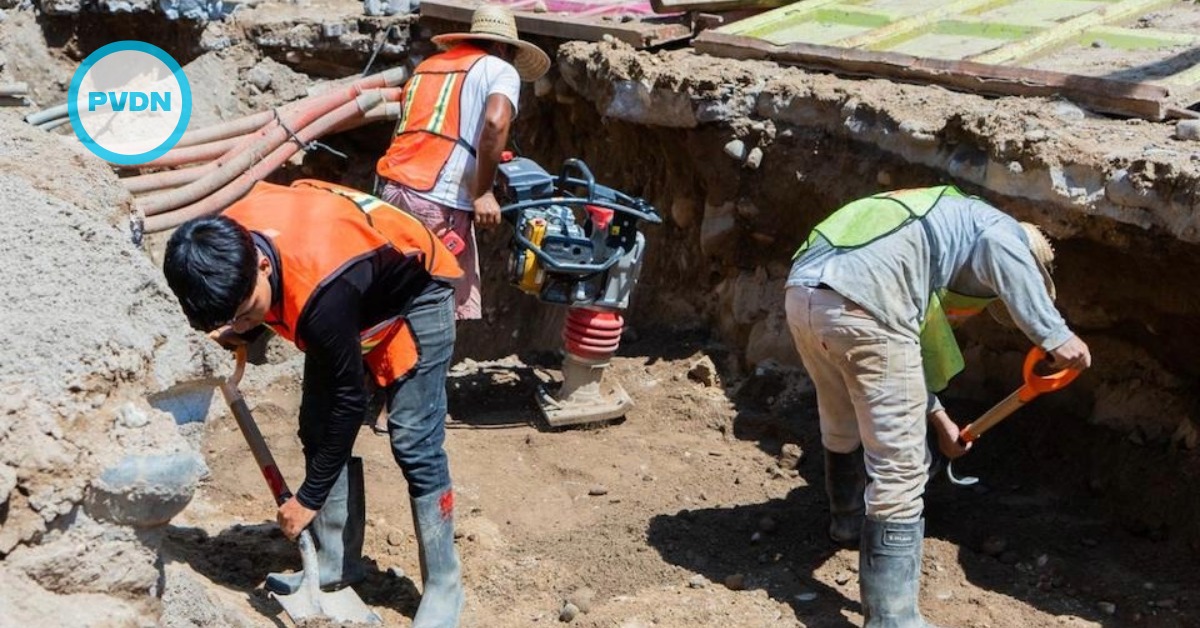U.S. Drug Enforcement Administration officials unveiled some additional strategies in combating Mexican drug cartels Wednesday in Chicago alongside members of the Mexican government, military and federal police, who said one priority was to capture the leader of the increasingly powerful Jalisco New Generation Cartel.
A joint news conference with the officials side by side was a display of bilateral cooperation amid ongoing tensions over President Donald Trump’s trade and immigration policies, including over his vow to build a wall along the nearly 2,000-mile (3,218-kilometer) U.S.-Mexican border.
The new plans include putting greater . . .






